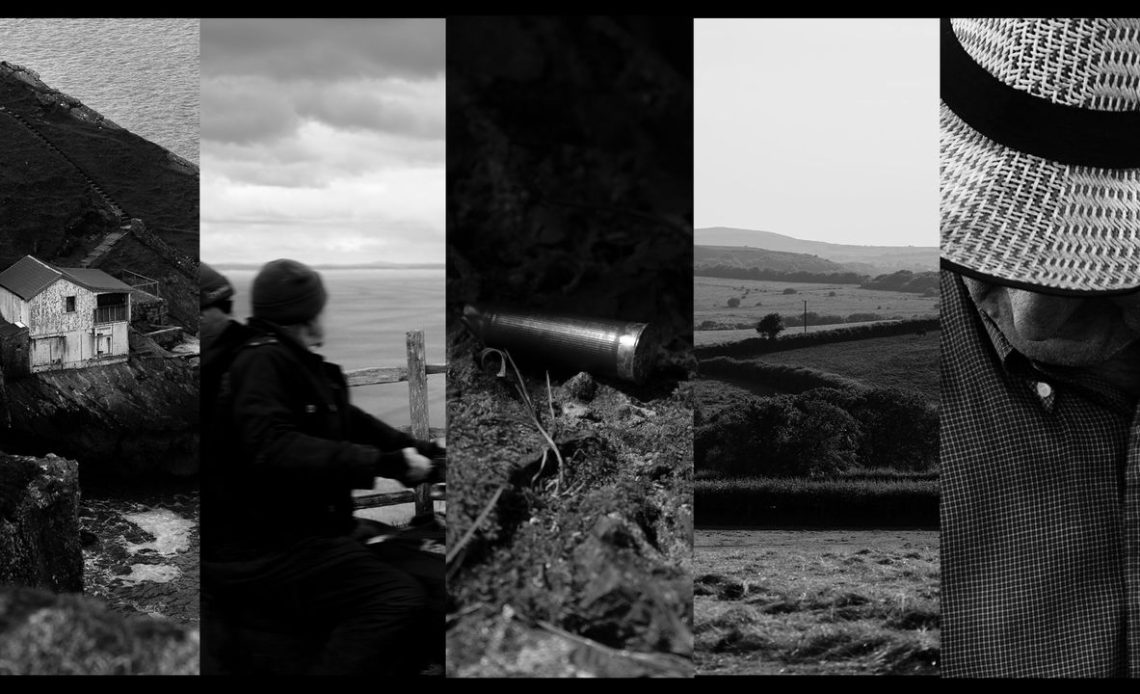
We’re told that the best way to grow as photographers is to shoot more. Go out every day, rack up the frames, keep your finger on the shutter and your head down. There’s truth in that – practice matters. But there’s a trap in it, too. If all you ever do is shoot, without looking back, you’re not improving. You’re just repeating the same mistakes, faster.
I learned this the hard way. For almost a decade I worked commercially as a photographer, self-taught, moving quickly from one assignment to the next. I knew how to deliver what clients wanted, but I rarely gave myself the time or space to really study what I had made.
It wasn’t until I went back to university to study for a Master’s degree in photography that I learned the value of slowing down and looking properly at my own images.
The real growth happens afterwards. Not when you’re out in the world with your camera, but when you sit with the work you’ve made. When you print it out, lay it on a table and live with it. This is where photography stops being about the next shot and becomes a dialogue with the ones you’ve already made.
Printing is a powerful tool because it slows you down. On a screen, images feel more disposable; flick, swipe, gone. But in print, they stare back at you.
Sequencing them side-by-side forces patterns to emerge: the compositions you favor, the moments you almost had, the gaps that still need filling. You begin to see not only what’s there, but what isn’t. The picture you didn’t take, the angle you missed, the mood you want to chase next time.
On a smaller scale, looking closely at individual images can be just as transformative. Ask yourself: What do I actually like here? What’s missing? Should I have stepped left, crouched lower, waited two seconds longer?
This kind of analysis isn’t about self-criticism; it’s about sharpening your awareness. The next time you’re out with your camera, those questions will already be alive in your head, guiding you toward stronger, more intentional frames.
And if you’re brave enough, I highly recommend inviting others into that process. When I invited tutors, peers and friends with a good eye, the conversation deepened. They noticed things I’d overlooked, offered perspectives I hadn’t considered. Photography stopped feeling like a solitary act and became a dialogue.
That’s how I progressed as a photographer. Not by chasing more shots, but by making space to study the ones I already had. By making space to study your own images, you turn photography into a practice of awareness rather than accumulation. You stop chasing ‘more’ and start asking ‘better’.
Pressing the shutter is just the beginning!

Author: Kalum Carter
Source: DigitalCameraWorld
Reviewed By: Editorial Team



